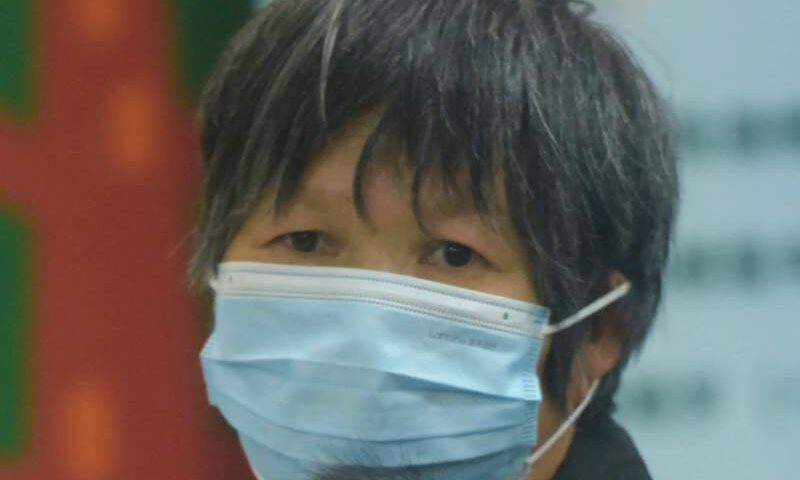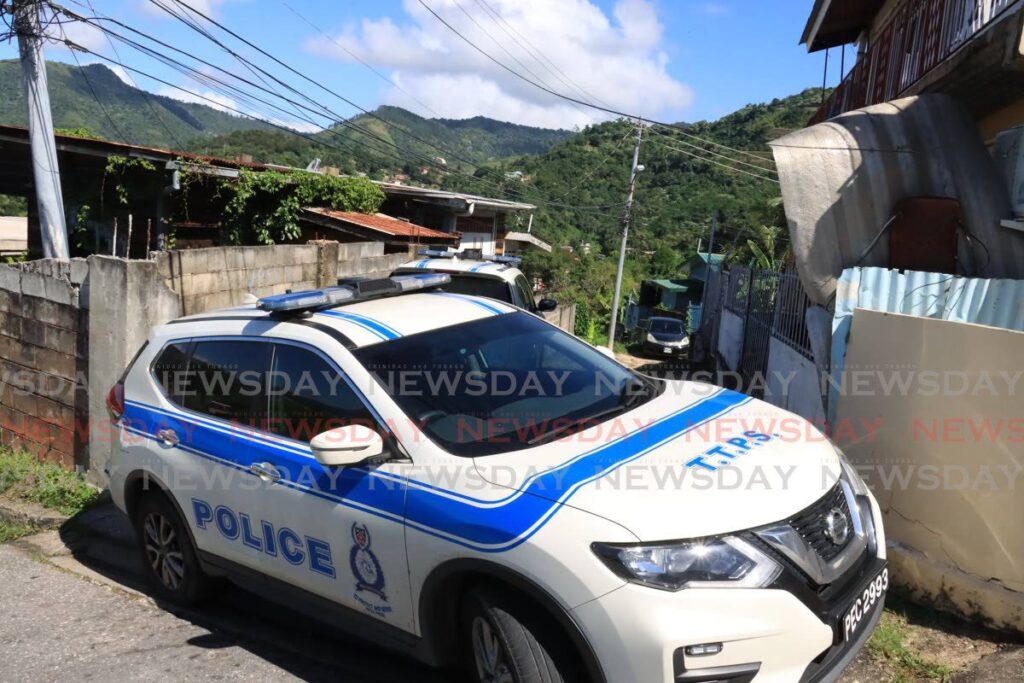PAC told: Lack of laws, staff to handle 60,000 squatter families
Written by Sean Douglas on January 8, 2025

PARLIAMENT’S Public Accounts Committee (PAC) learnt that while Trinidad and Tobago has 60,000-plus squatting families, the authorities need new laws and more resources/staff to handle this phenomenon.
On January 8 at Cabildo Chambers, Port of Spain, the PAC interviewed officials of the Ministry of Housing and Settlements, Land Settlement Agency (LSA) and Commissioner of State Lands (CoSL) Paula Drakes.
Squatting incursions into forests and onto hillsides deeply worried the committee.
The meeting discussed the LSA’s accounts for 2010-2013 and the PAC’s recommendations made in the previous 11th Parliament, based on the LSA’s accounts for 2008-2009.
PAC chairman Davendranath Tancoo asked about any measures to curb further squatting.
Ministry deputy permanent secretary Ann Marie Francis-Charles said the ministry had made submissions to the Legislative Review Committee (LRC) since 2017.
LSA CEO Hazar Hosein told the PAC TT now has some 60,000 squatting families. He later elaborated that this comprised 23,000 who had applied for certificates of comfort and 37,000 who had not. This data derived from the LSA’s social surveys of all known squatting sites nationwide done up to 2019/2020.
Hosein noted High Court judge Carol Gobin’s ruling that the LSA has no legal powers to contain squatting or remove any illegal structures erected. He said squatting was now treated as a criminal act, but with very little punishment in actuality, noting the LSA’s recommendation that it instead be deemed a civil offence enforceable by fines.
He also noted the LSA’s suggestion that it become legally empowered to contain squatting. Replying to Tancoo’s further questioning, Hosein said the LSA has suggested it become deemed a landowner, so as to help handle squatting, including issuing certificates of comfort.
Drakes suggested that certain locales be deemed “land settlement areas” and Hosein agreed such a move would empower the LSA.
Hosein said in 2020 the LSA had proposed a tenancy policy for squatters who until then had not applied for regularisation.
However, he lamented that squatters continue to breach the boundaries of their initially-claimed plot of land.
“You can’t move forward. The LSA has no power to contain squatting, so squatters do as they please.”
Hosein said TT has 251 scheduled squatting sites containing about 9,000 people, and 100 unscheduled sites, also of about 9,000 people. He said people at undesignated sites can only advance towards getting a certificate of comfort, but not a statutory lease nor a deed or lease unless the site becomes designated a scheduled site.
PAC member Dr Amery Browne asked what had been the trend in squatting over the years and whether a culture of squatting had arisen.
Hosein said that based on LSA patrols over the years, TT has gained an extra 400-500 squatting families each year.
The number of squatters has risen from 2,000 in 1963 to 23,000 in 1998 and 60,000 now.
PAC member Jearlean John said if only 111 posts are filled, out of 193 posts at the LSA, this meant a vacancy rate of 40 per cent. Hosein replied the LSA could only fill its posts if it has the funding.
Hosein said under the law, squatters have 30 years to pay for their land.
Marvelling at this leniency, John remarked, “It can’t be that after 30 years, they become a debtor.”
Replying to John’s concern about squatters encroaching into TT’s forest reserve, Hosein lamented that more and more people were squatting about the 300-feet contour line, especially on the Northern Range “from Port of Spain going east.”
He said the LSA uses GPS technology and records the co-ordinates of every illegal structure, so as to pick up any changes occurring over time.
Earlier Hosein identified the CoSL as having responsibility to act against squatters.
Drakes, however, lamented, “I have no equipment. I don’t have any new staff.” She said almost all her field staff have retired.
“I am down to one or two per county.
“I am not effectively able to remove the structures.”
Drakes said even if illegal structures are removed by the authorities, squatters would move back in unless further measures are taken, such as fencing off the area just cleared of the structures. On squatting in the forest reserve, she estimated about 50-60 per cent of the forest reserve in north and central TT contains squatters.
Tancoo said, “This is extremely, extremely disturbing.”
He said he has a constituency (Oropouche West) where flooding is a major factor, so the deterioration of hillsides was a major concern (as a contributing factor to flooding).
Hosein said the LSA has surveyed one-third of the Valencia forest reserve and so far, on 4,000 acres of land, the it has discovered 5,000 illegal structures.
“We will complete the survey of the other 8,000 acres.”
Tancoo said this was frightening and asked about legislation to treat with this, to which Francis-Charles said the LSA and ministry were in discussions.
Drakes remarked that the factor attracting residential squatting in forest reserve areas was the presence of nearby quarries.
Hosein said after the 2019/2020 finding of 60,000 squatting families, some 32 new illegal structures were being found each month. Newsday calculated this to be an extra 1,500 structures.
The post PAC told: Lack of laws, staff to handle 60,000 squatter families appeared first on Trinidad and Tobago Newsday.




